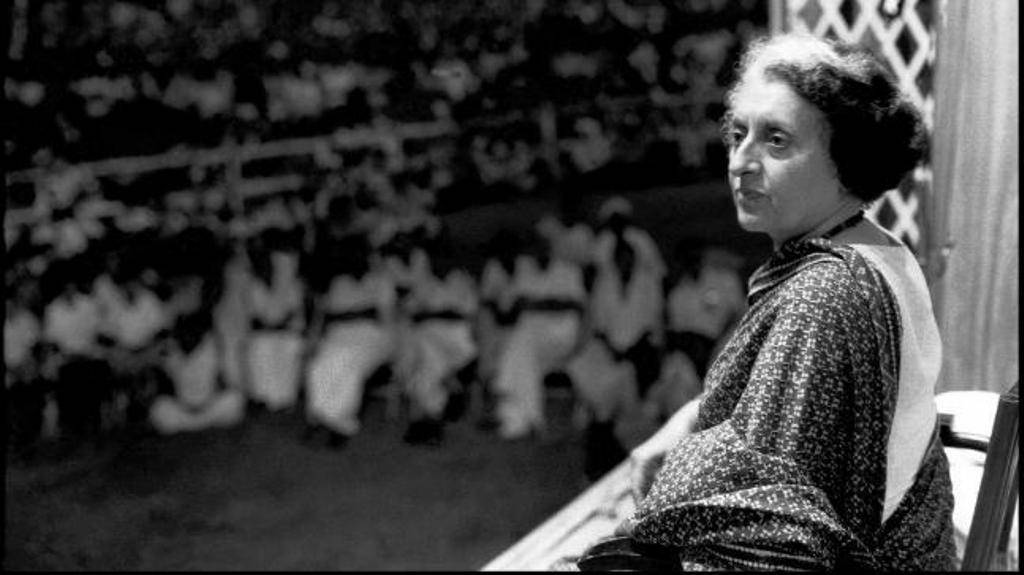
Today (19 November 2020) marks 103rd birth anniversary of late former Prime Minister Indira Gandhi. India’s self-sufficiency in food and different sectors of agriculture owes to the Green Revolution that our late Prime Minister had mentored. Indira Gandhi encouraged Indian scientists to collaborate with their international counterparts; her policies resulted in Indian farmers adopting new varieties with great enthusiasm.
After the death of Lal Bahadur Shastri who encouraged India to start farming practices by the slogan of Jai Kisan-Jai Jawan. She didn’t give up to but continued Shastri legacy and for this, it required bold political leadership and far-sightedness, which she provided from the very start of her first term as Prime Minister in 1966. As a result of her programmes, over the years India converted a less dependency on imported food and agricultural products to becoming an exporter of many agricultural products.
The Green Revolution in India was one of the important pieces of Indira’s radical programme in the mid and late sixties along with that she also focused on (from the Frank Mcdougall Memorial Lecture to the Food & Agriculture Organization by Indira Gandhi):
-
Implementing schemes to lessen poverty, especially in backward areas and among the weakest sections of the population by the development of the rural areas; generating employment and purchasing power; and transferring the productive assets of land and livestock to them.
-
Promoting agricultural research which is suited to local conditions, and taking its benefits to the field through 'Lab to Land' and other programmes.
-
Increasing agricultural production in all its aspects by enlarging the area under irrigation; more inputs, particularly credit, remunerative prices to farmers, and facilities for marketing, storage, processing and transportation.
-
A food management programme which involves adequate buffer stocks, proper storage, and an extensive public distribution system to make foodgrains available at assured prices to consumers all over the country.
Minimum support prices were announced and implemented along with many other programmes like the National Demonstration Programme & programmes of All India Radio & Doordarshan like Krishi Darshan aroused great enthusiasm among farmers, as a result of which High-Yielding Varieties Programme became a mass movement. Therefore, new technologies, appropriate services, farmer-centre public policies and farmer’s enthusiasm together led to the birth of a Green Revolution symphony.
She made the Green Revolution a key government priority and along with the new hybrid seeds, initiated state subsidies, the provision of electrical power, water, fertilisers and credit to farmers and agricultural income was also not taxable.
The result was that India became self-sufficient in food which is a heartfelt aim for Indira after American President Johnson’s erratic and condition-laden food aid.
The government investment in agriculture also went up sharply and the institutional finance made available to agriculture doubled between 1968 to 1973. At the same time, public investment, institutional credit, remunerative prices and the availability of the new technology at low prices was also made available which increased the profitability of private investment by farmers and consequently, the total gross capital formation in agriculture proceeded at a faster pace.
The results of this new strategy were witnessed within a short period of time between 1967-68 and 1970-71 when food grain production increased by thirty-seven per cent and subsequently net imports of food items fell from 10.3 million tonnes in 1966 to 3.6 million in 1970. Indeed, food availability increased from 73.5 million tonnes to 99.5 million over the same period. By the eighties, not only was India self-sufficient with food stocks of over 30 million tonnes but also exporting food to pay off its loans or loaning it to food-deficit countries.
To look back, the decade of the 1960s this marked a turning point in our agricultural history by former PM Indira Gandhi. Born on November 19, 1917, in Allahabad, Indira Gandhi was the daughter of Jawaharlal Nehru, country's first Prime Minister. She served as the first and only woman prime minister of the nation from January 1966 to March 1977 and again from January 1980 until her assassination on October 31, 1984.
“Even if I died in the service of the nation, I would be proud of it. Every drop of my blood will contribute to the growth of this nation and make it strong” ~ Indira Gandhi
















